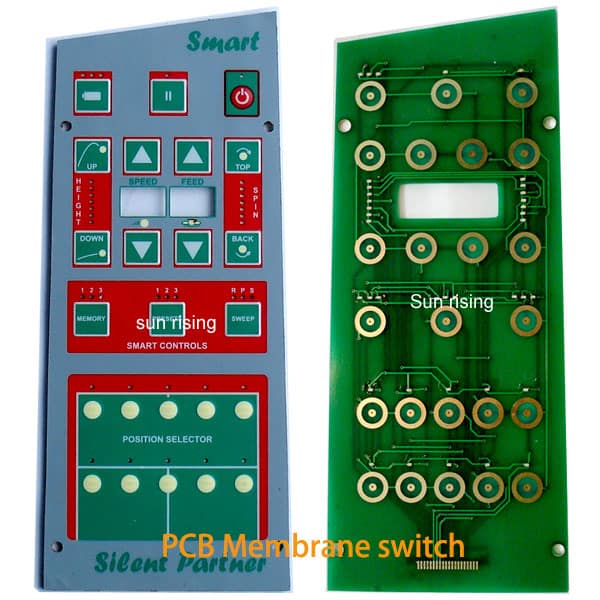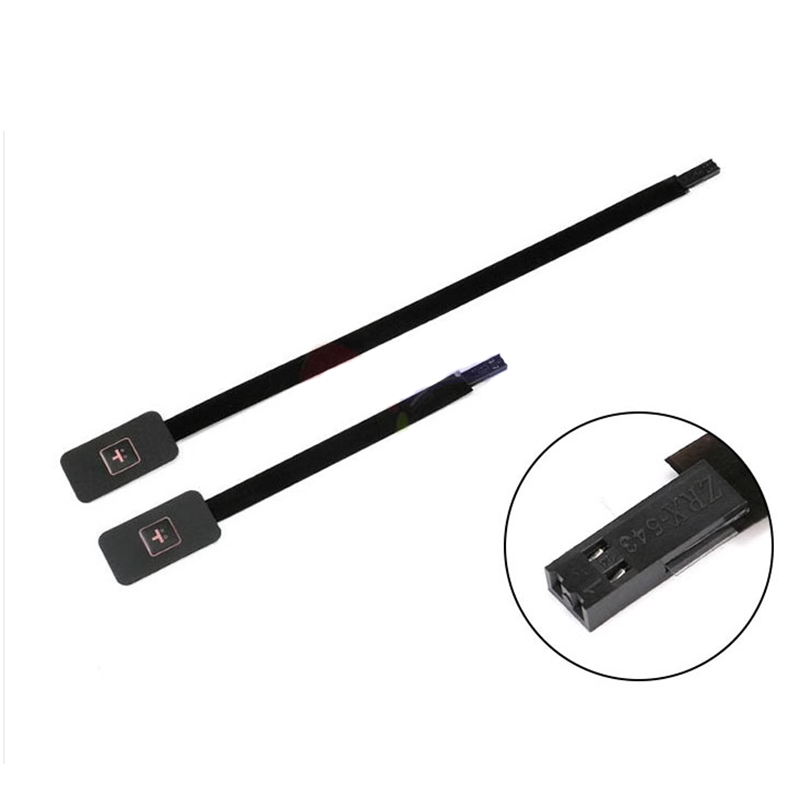The Advancements of Membrane Switch Technology in the Car Electronics
The Advancements of Membrane Switch Technology in the Car Electronics
Blog Article
Why Membrane Layer Changes Are Crucial for Sturdy Control Systems
Membrane layer buttons play a pivotal role in making sure the durability and reliability of control systems across numerous sectors. As we explore the multifaceted advantages of membrane layer buttons, it comes to be apparent that their importance goes beyond simple performance, influencing customer experience and operational performance.
Review of Membrane Buttons
Membrane layer buttons are functional and reliable components typically used in various digital control systems. The graphic overlay gives both practical and visual style, while the spacer layer makes certain that the switches are triggered just when pressed.
Membrane layer switches are usually favored in applications calling for a compact and lightweight design, making them excellent for portable gadgets, medical devices, and commercial equipment. They can be personalized to fulfill details individual requirements and can include numerous features such as backlighting, tactile comments, and several colors. Membrane layer switches are resistant to dirt, moisture, and impurities, making them suitable for settings where toughness is necessary.
Advantages of Durability
In many applications, the resilience of membrane switches deals substantial benefits that improve their overall efficiency and reliability. These switches are made to endure rough settings, making them ideal for use in requiring conditions such as high humidity, severe temperature levels, and exposure to chemicals. Their durable building assists to avoid damage from physical influence, making certain long-lasting performance and minimizing the requirement for constant substitutes.
In addition, membrane layer buttons are resistant to damage, which is crucial in applications where regular communication takes place. This sturdiness equates to decrease upkeep prices, as companies gain from lowered downtime and fewer service interruptions. Moreover, the encapsulated layout of membrane changes protects internal components from dirt and wetness access, further adding to their life-span.
One more advantage is their capacity to maintain constant performance with time. With a high tolerance for mechanical anxiety, these buttons maintain their tactile feedback and electrical honesty, making certain user contentment. Eventually, the toughness of membrane layer switches over not just improves functional efficiency yet additionally fosters self-confidence in their integrity, making them a preferred selection for control systems throughout different industries.
Applications in Various Industries
Sturdy control systems employing membrane switches locate extensive applications across an array of markets, each profiting from the distinct qualities these switches use. In the clinical industry, membrane layer buttons are essential for devices such as client displays and diagnostic tools, where integrity and convenience of cleaning are extremely important. Their resistance to moisture and contaminants ensures they preserve performance in sterilized environments.
The automotive market leverages membrane layer buttons for dashboard controls and infotainment systems, where they give streamlined, low-profile user interfaces that boost individual experience. These buttons are additionally designed to stand up to severe problems, consisting of direct exposure to extreme temperatures and resonances.
In their explanation industrial setups, membrane layer buttons are commonly made use of in machinery control board, supplying responsive responses and longevity necessary for high-usage applications. Their capability to stand up to chemicals makes them appropriate for manufacturing atmospheres where spills and pollutants are frequent.

Customer electronics, such as kitchen devices and push-button controls, additionally use membrane layer switches for their convenience and cost-effectiveness. In general, the versatility and robust nature of membrane changes make them essential throughout numerous industries, making certain reliable operation and longevity in control systems.
Style and Aesthetic Allure
While capability is extremely important, the layout and aesthetic charm of control systems equipped with membrane layer switches play a vital role in user involvement and general experience (membrane switch). The visual style of these buttons can significantly affect user perception and communication. A properly designed membrane layer switch improves the good looks of the gadget, making it a lot more enticing to individuals and cultivating a connection in between the customer and the item
Membrane layer changes provide a large amount of flexibility in layout, allowing makers to tailor graphics, shades, and structures to line up with brand identity and item looks. Using vibrant colors and unique patterns can attract focus, while responsive feedback can strengthen the user's interaction with the gadget. Furthermore, the ability to incorporate LED indications and backlighting into the membrane button style gives both useful and visual advantages, boosting visibility and usability in various environments.

Enhancing User Experience
Additionally, membrane layer buttons can be personalized to integrate graphical interfaces, boosting use by providing details in a clear and instinctive manner (membrane switch). This modification can consist of icons, labels, and color coding that overview individuals via facility functionalities easily. In addition, their flexibility enables combination in numerous atmospheres, guaranteeing constant performance whether in industrial machinery or customer electronics
The durability of membrane layer switches likewise plays an important function in user experience. By enduring extreme problems and extended usage, these buttons lower the chance of system failures, thus promoting reliability and individual confidence. Eventually, the tactical use membrane changes not just boosts functionality yet likewise considerably enriches user interaction with control systems, making them an important element in contemporary style.
Conclusion

Report this page